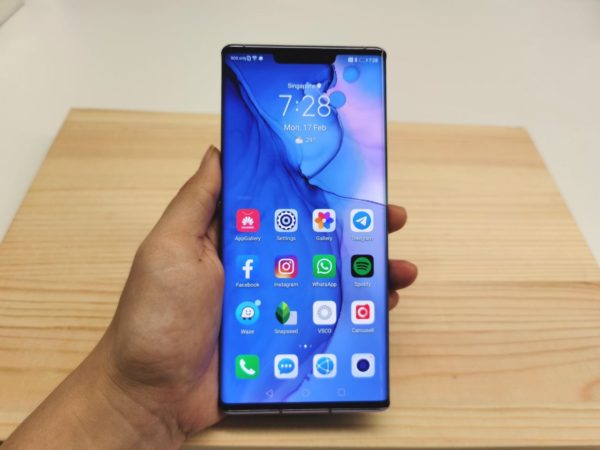
New Huawei Phones will run on Android Open Source Project
One of the most common misconceptions about Huawei’s latest smartphones is that they don’t run the popular Android operating system (OS).
Phones like the Mate 30, unveiled last year, actually run an open-source version of Android whose interface is so familiar with millions of users worldwide.
This means the much-loved hardware from Huawei is still running on Android software. The difference, of course, is that Huawei phones do not come with Google’s suite of mobile apps, such as Gmail, Calendar and Maps.
That is because of the ongoing trade war between the United States and China, which has led to a ban on US companies, such as Google, working with Huawei.
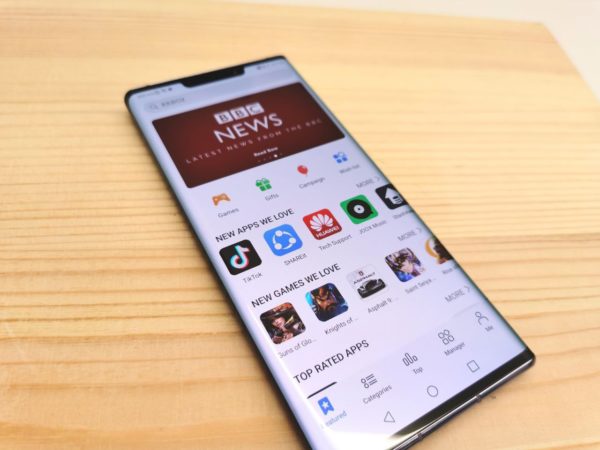
AppGallery is Huawei’s equivalent to Google Play Store
The response from Huawei is an alternative app store, called AppGallery. This is where owners of the Mate 30 and other future Huawei phones can download their favourite apps securely and safely.
Already, there are more than 390 million monthly active users of the app store, which is available in more than 170 countries around the world.
There are 18 different categories of apps to choose from. These include games, education and productivity that fit into the lifestyle of Huawei users everywhere.
Examples of what you can find on AppGallery the Deliveroo food delivery service, Deezer to stream music from and Viber Messenger used by 1 billion users to keep in touch.
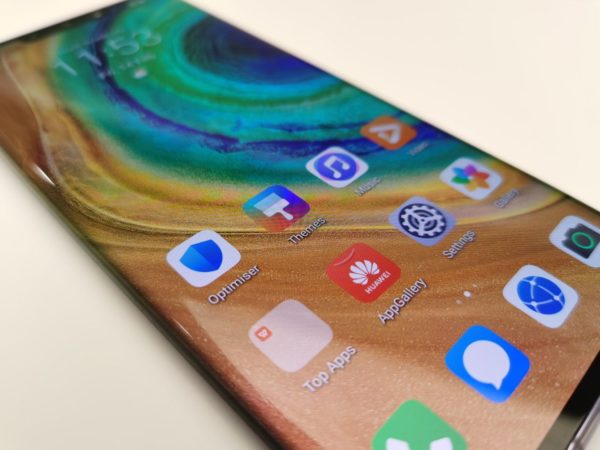
Only a few months old, Huawei’s AppGallery is still evolving, though at a rapid pace. If there are apps that are not available yet, users can turn to the Huawei Phone Clone app to transfer the apps they have on their old phones to a new Huawei phone.
This way, they can keep enjoying apps such as Facebook, WhatsApp, Instagram, Waze and Spotify on their new Huawei phones. In other words, still a great mobile experience.
To access Google services, users can also log in via a Web browser, so they do not have to be locked out of their online services. Today’s large-screen phones provide a great way to access them.
What makes the future more interesting is the work that Huawei is putting in to lay the foundation for even more engaging apps on the horizon.
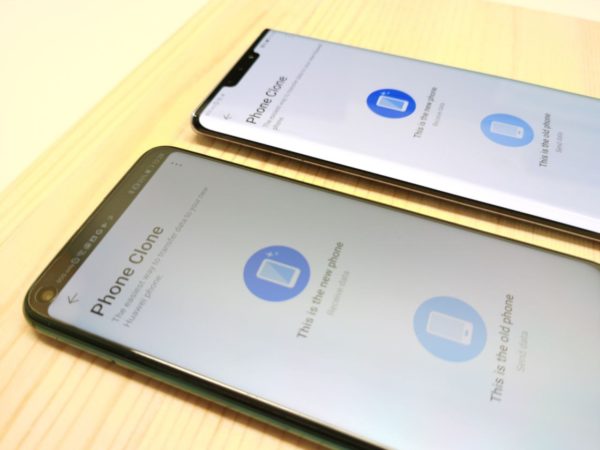
Key to this effort is Huawei Mobile Services (HMS), a set of software tools that app developers use to enable key functions, such as payment, location or advertisements.
By offering this to developers, Huawei will make it easier for them to create apps that run natively on the AppGallery.
This means they do not have to depend solely on Google to create great apps, especially when Android is already available as a piece of open-source software.
More than 50,000 apps now use HMS, up from 23,000 in 2018. There are 1.07 million developers registered globally as as Huawei developers.
In Singapore, these include telecom operators M1 and StarHub, as well as the popular e-commerce sites Lazada and Carousell. More are expected to join this new app movement.
More to come on AppGallery but popular apps like Facebook, WhatsApp can still be used
Huawei has committed to investing US$1 billion to boost its global developer programme, which is key to creating the apps that users need and want the most.
One of the most recent initiatives is a tie-up with well-known Dutch navigation and digital mapping company TomTom. In November 2019, it inked a deal with Huawei for the use of its maps and services in smartphone apps.
Today, it is true that you need both the hardware and software to succeed. Huawei is already renowned for pushing the envelop in its hardware, empowering more users through mobile photography and artificial intelligence (AI).
Now with a greater emphasis on software through global collaboration, it is poised to create a new ecosystem for Android users who seek the best mobile experience.
This article is brought to you by Huawei. Find out more about the Huawei AppGallery here.

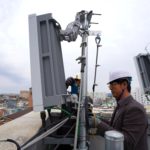





DSTV app can’t work on Y7p, but you can download the app it doesn’t work
I’m using oppo ax5 but tpg SIM card can’t activate
Can we retrieved whatsapp msg previously backup in Google Drive?
Is there anyway to have the notification lights on my vivo y 19?